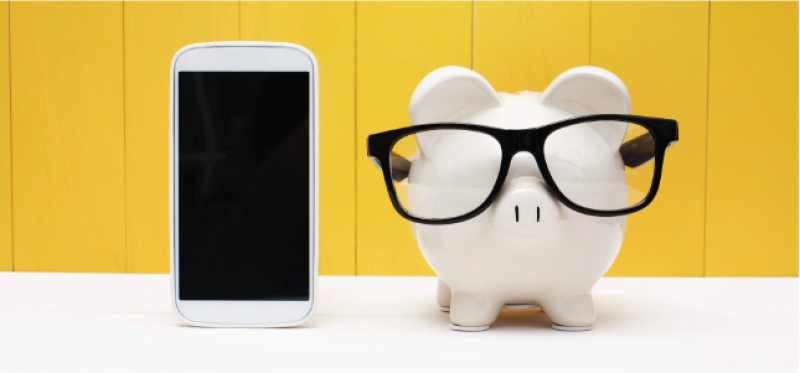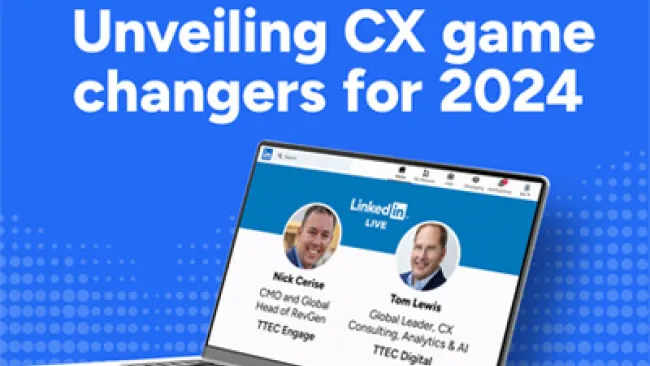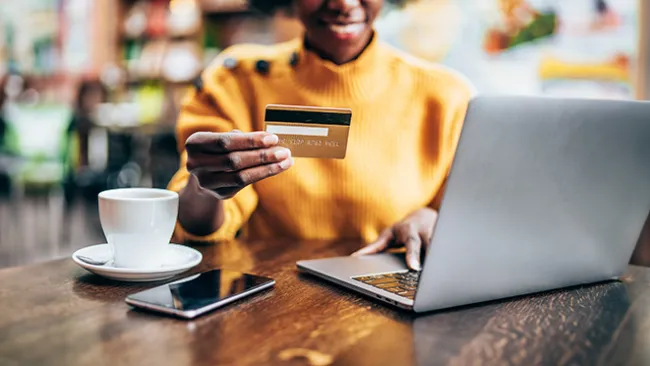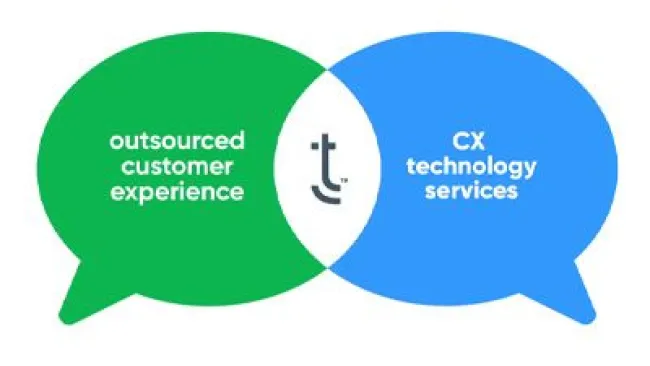Thanks to the rise of virtual wallet technologies and person-to-person payment (P2P) systems, 2015 was a transformative time for banking institutions. As consumers’ pleas for improved mobile banking functionality increase, banks are stepping up their investments this year and getting into the mobile mindset.
In fact, U.S. banks collectively spent $62.2 billion on technology last year, according to research firm Celent. And the use of mobile payments in the United States is projected to grow at a 22 percent compound annual rate through 2019, according to The Pew Charitable Trusts.
As consumers crave increased personal benefit to their mobile banking interactions, the next logical step for financial institutions will be a move toward a transactional approach. Rather than simply offering the ability to check balances, banks essentially would enable customers to conduct all the services offered at their physical branches, on their mobile devices. But first, financial services need to integrate seamlessly across their customers’ touchpoints. In a nutshell, they have to shift to a “customer journey” mindset.
That’s easier said than done, as many banks have developed mobile apps that don't provide adequate mobile customer support mostly due to gaps between the mobile channel, the contact center, and the website. For instance, if customers have a question while paying a bill, they often need to leave the app to find the answer to their questions, either by calling the contact center or going to the bank's website. One solution to this problem would be to offer customers the option of asking questions on their app. That way, customers can engage with companies on any mobile device without leaving the channel. This greatly reduces friction and increases customer satisfaction.
While many banks and financial institutions remain at the beginning stages of their mobile strategies, a growing number have deployed multi-functional consumer-facing applications and are seamlessly integrating them with other channels.
- HDFC, for instance, recently introduced a third-party app called Chillr to enable its customers to provide 24×7 money transfer services. Customers can send money to receivers by selecting contacts from their phone books without adding beneficiaries—a standard procedure in banks to initiate wire transfer to other parties. The receiver will get the amount transferred instantly without involving e-wallets or intermediaries between accounts.
- American Express is rewarding its card members based on if they wish to use its geo-location service. The feature, called My Offers, combines Amex spend history with location information to provide discounts and recommendations of nearby merchants. In turn, customers click which deals they wish to get.
- Bank of America added mobile check deposit last year to its app. The mobile edition of Bank AmeriDeals offers merchant-funded deals and cash-back rewards.
- USAA's Virtual Assistant, lets members speak their banking commands, including bill payments, through the app. The enhancement is designed to require fewer steps to complete financial tasks than typed answers.
- U.S. Bank was one of the first financial institutions to offer mobile deposit capture, P2P payments, e-billing, credit advances, and photo mobile bill pay.
Most banks and financial institutions are starting to treat mobile as an extension of the physical bank branch, but as self-service continues to grow, banks need to take action on connecting their touchpoints to mobile. Soon after mobile will replace the most common banking interactions and transactions. It’s only a matter of time when it will be customary to apply for loans and mortgages through a mobile app.
Also, check out the most recent issue of our eNewsletter.

















